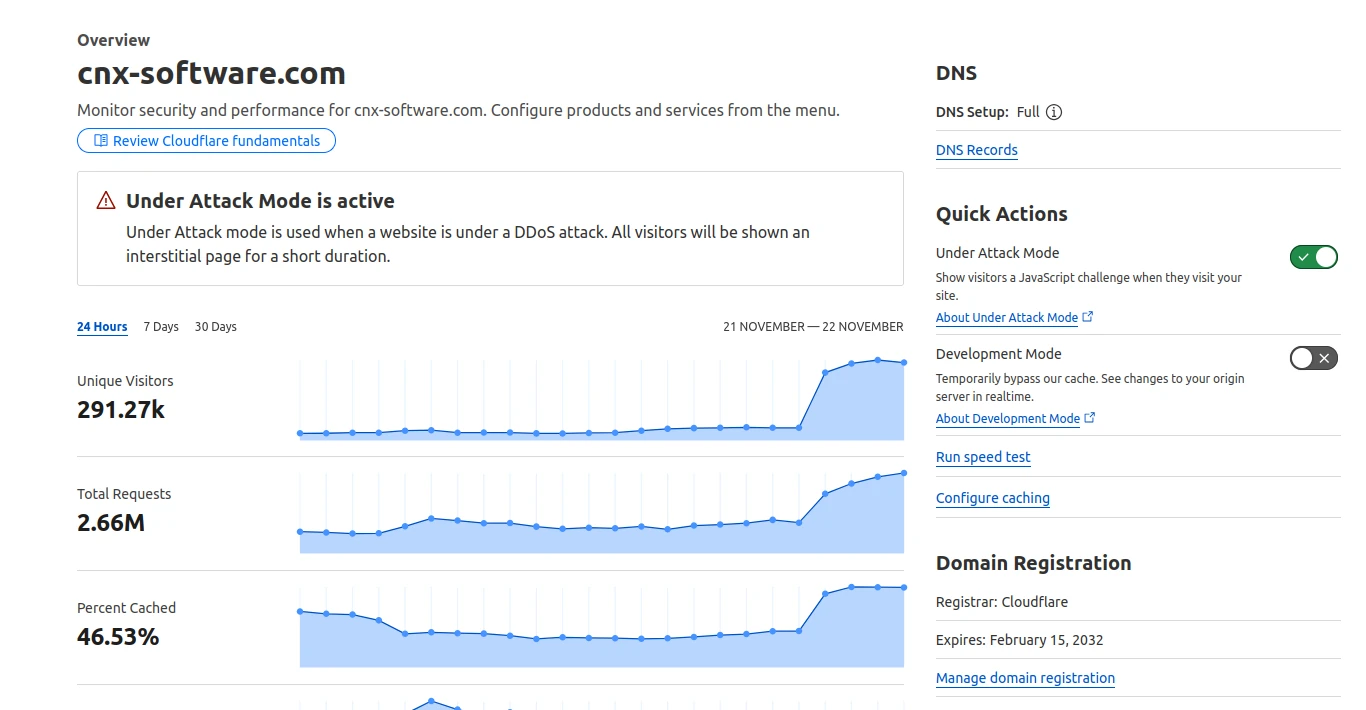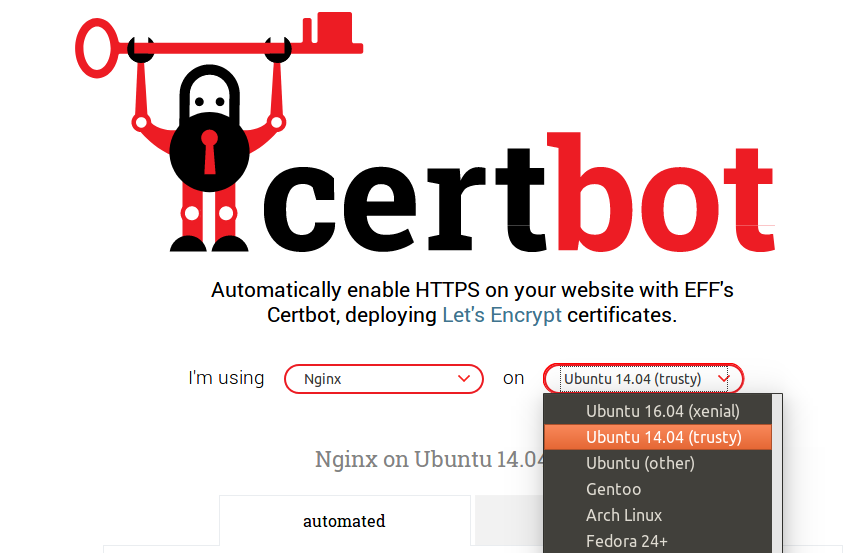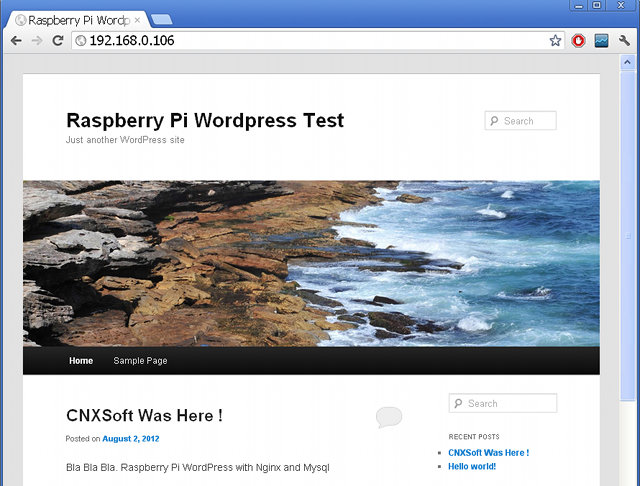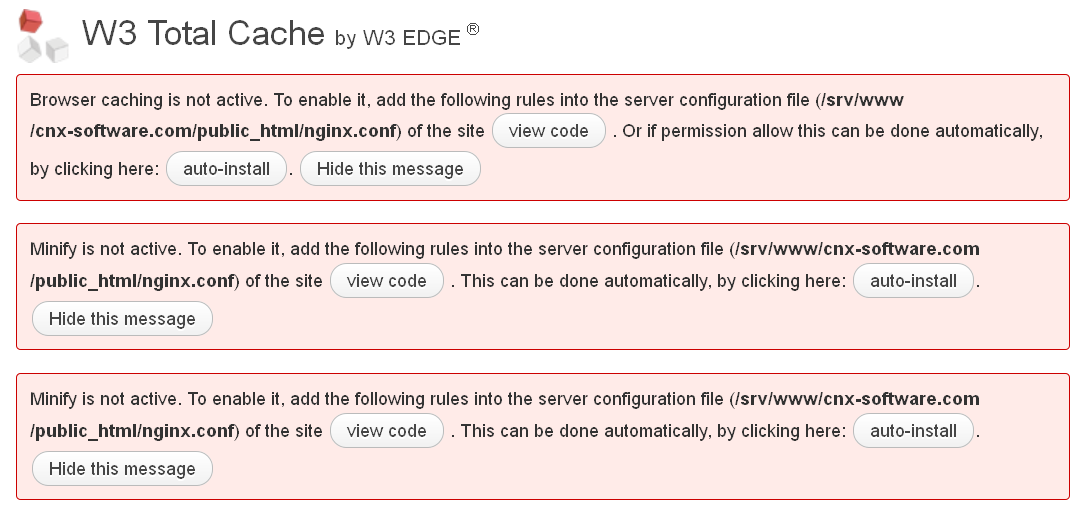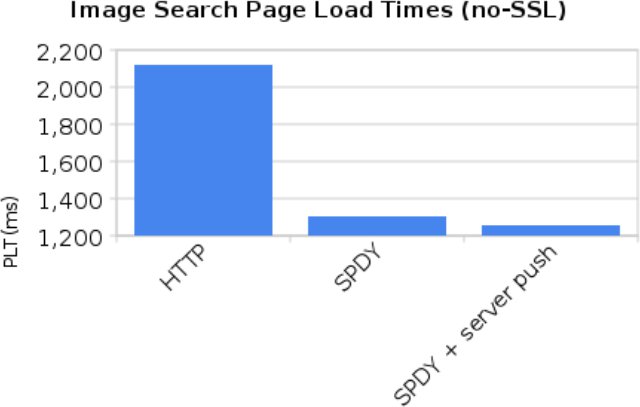In this off-topic post, I’m going to discuss some behind-the-scenes “fun” that may happen when managing the web server used to host the CNX Software website. From time to time, the server becomes unreachable, but I can still access its console, and notice a very high CPU load (over 100) on a VPS with four cores, while the CPU load is typically 0.5 to 2 under normal circumstances. That’s usually due to a DoS (denial of service), DDoS (distributed denial of service), or some bug I can’t identify. An easy way to solve this issue is to log in to Cloudflare and set the “Under Attack Mode” to on. It will show all visitors a JavaScript challenge the first time they visit the website, and the CPU usage typically drops back to normal level within a minute or so. That means I can access my website and so do regular […]
Qualcomm Centriq 2400 ARM SoC Launched for Datacenters, Benchmarked against Intel Xeon SoCs
Qualcomm Centriq 2400 ARM Server-on-Chip has been four years in the making. The company announced sampling in Q4 2016 using 10nm FinFET process technology with the SoC featuring up to 48 Qualcomm Falkor ARMv8 CPU cores optimized for datacenter workloads. More recently, Qualcomm provided a few more details about the Falkor core, fully customized with a 64-bit only micro-architecture based on ARMv8 / Aarch64. Finally, here it is as the SoC formally launched with the company announcing commercial shipments of Centriq 2400 SoCs. Qualcom Centriq 2400 key features and specifications: CPU – Up to 48 physical ARMv8 compliant 64-bit only Falkor cores @ 2.2 GHz (base frequency) / 2.6 GHz (peak frequency) Cache – 64 KB L1 instructions cache with 24 KB single-cycle L0 cache, 512 KB L2 cache per duplex; 60 MB unified L3 cache; Cache QoS Memory – 6 channels of DDR4 2667 MT/s for up to 768 […]
Installing Let’s Encrypt Free SSL/TLS Certificate in 2 Minutes with Certbot, Spending Hours Making it Work with Cloudflare
I’ve been using an SSL certificate to the download subdomain of this blog running ownCloud for about 2 years, but recently my free StartSSL certificate expired, and I had troubles to renew it, and I also received an email from Google telling me that “Starting October 2017, Chrome (version 62) will show a “NOT SECURE” warning when users enter text in a form on an HTTP page, and for all HTTP pages in Incognito mode”. So I decide to use free LetsEncrypt SSL/TLS certificates to replace the one in the download subdomain, as well as this main blog. Such SSL/TLS certificates are also very useful for the IoT gateways many of use have started using, and I found it’s even simpler than install a self-signed certificate, so there’s no reason to use those anymore. The easiest way to install Let’s Encrypt certificate is by using Certbot with instructions for various […]
Xtream-Codes IPTV Panel Review – Part 3: Updates and New Features for Version 2.4.2
This is the third part of Xtream-Codes IPTV Panel review. IPTV Panel Professional Edition is a software to build your own IPTV Server from scratch. It supports all common Streaming Protocols as an Input and it is powered by FFmpeg & nginx. If you have not done so already, you may consider reading the first two parts: Review of Xtream-Codes IPTV Panel Professional Edition – Part 1: Introduction, Initial Setup, Adding Streams… Xtream Codes IPTV Panel Review – Part 2: Movie Data Editing, Security, Resellers, Users and Pricing Management Here are the major changes since Part 2: And part of the company’s announcement of the release: Why choose IPTV Panel Pro? IPTV Panel is powered by many Open Source Tools. These are only few reasons why we believe our software is different from our competitors: Stability: Our software is powered by FFmpeg to do the Restreaming & Transcoding of your streams. […]
WordPress for Raspberry Pi using Nginx and MySQL
I’ve been wondering how the Raspberry Pi would handle WordPress. I’ve found some instructions using Apache 2, but this may not be the best server to use for this type of low-end hardware. nginx server requires less resources, and as it is what I already setup for this blog, I decided to give it a try on the Pi. I’ll provide all the detailed steps I followed below, but you can also download the compressed SD card image (113 MB), uncompress it and copy it to an SD card the usual way. After the system boots, find your Raspberry Pi’s IP address, type it in your PC’s browser, and you should see the page pictured below. If you want to login to the dashboard, the username is “admin” and the password “raspberry”. Instructions to Install WordPress on Raspberry Pi You can use your default Debian Linux distribution (e.g. Raspbian) if […]
Monkey, an Open Source High Performance Embedded Web Server
Some time ago, I mentioned 5 web servers (mathopd, thttpd, busybox httpd, boa and lighttpd) suitable for embedded systems (including those featuring no MMU processors) and low end machines. I’ve recently come across Monkey web server, a lightweight open source Web Server for Linux (2.6.29 or greater), which has been designed with focus in embedded devices. Monkey is currently supported on ARM, x86 and x64, although a quick analysis of the source code shows it forks, so it won’t be supported on processors that do not feature a memory management unit (MMU) without modifications. Monkey supports the following features: HTTP/1.1 compliant Virtual Hosts Asynchronous networking model (event-driven) Indented configuration Plugins Support C API Interface Other features through base plugins: SSL Security Log writter Directory Listing Shell: Command line The developers have benchmarked Monkey against busybox httpd and nginx on a now well-know ARMv6 platform: the Raspberry Pi. They used Siege […]
Migrating a WordPress Blog from Apache2 to Nginx
This blog is hosted on a Linode VPS with 512 MB RAM and running Ubuntu 11.10. Up until today, Apache2 was the web server, and it worked fine except sometimes, it reached connection and memory limits, and the blog would go offline for a short period of time, especially right after a new blog post. So this week-end, I decided to switch to nginx (pronounced engine-x) web server which is said to use less memory than Apache2. Let me know if something suddenly stopped working… nginx is a relatively recent web server, and the documentation on the web seems to become outdated pretty fast, so I’ve decided to document what I’ve done. The first thing I would recommend is to try it in your own local server first, and make sure most things are working including plugins. Testing your WordPress blog with nginx in a local server I run Ubuntu […]
SPDY Aims to Make the Web Faster and Replace HTTP
SPDY (pronounce “SPeeDY”) is a new protocol designed by Google that aims at making the web faster and eventually replace HTTP. This new protocol is not a new scheme, so it would be transparent to the user and there would not be a new spdy:// prefix and we would still be using http://. It will always be secure and use tcp port 443 instead of 80 (because of transparent proxies messing up with packets). Most of Google products such as Chrome, Android Honeycomb (They can’t say if ICS is using SPDY…) devices and Google’s servers have already using SPDY protocol for some time, and Google reports some encouraging results. The tested 300 sites from the top 1000 Alexa sites and found an average 40% page load improvement. They also reported some labs tests: *PLT stands for “Page Load Times” in the chart above. Google is not the only company using […]


